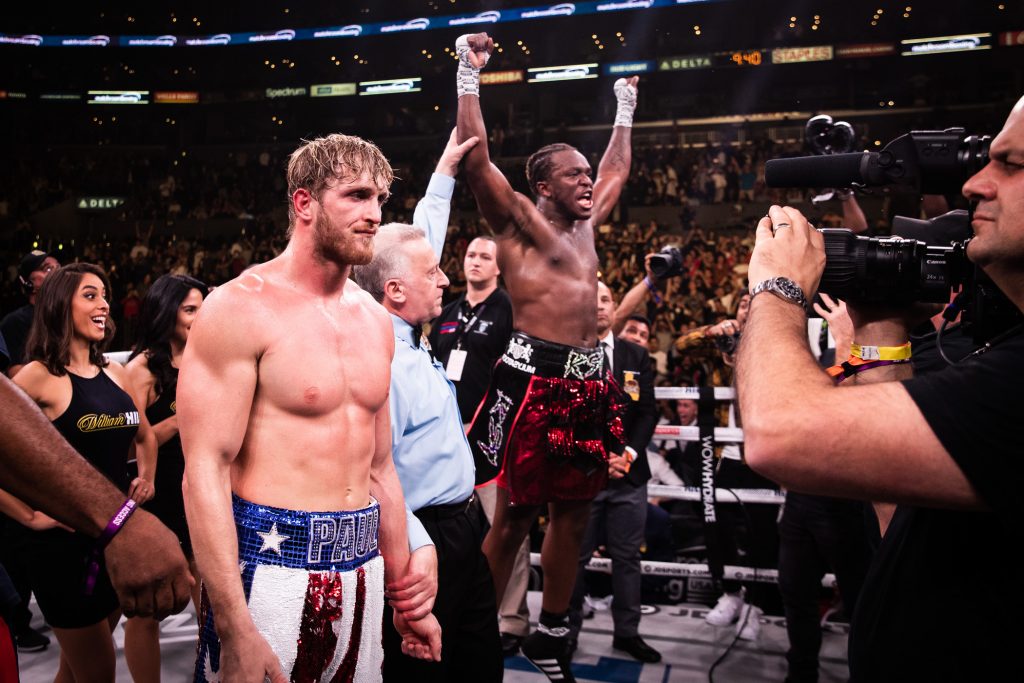
After more than 40 years of operation, DTVE is closing its doors and our website will no longer be updated daily. Thank you for all of your support.
DAZN: OTT is Cable TV’s moment of opportunity
 Ben King, SVP global distribution and business development at DAZN, talks about the opportunities that OTT is providing to cable TV operators.
Ben King, SVP global distribution and business development at DAZN, talks about the opportunities that OTT is providing to cable TV operators.
There’s an interesting debate out there right now; are OTT services friends or foes of the cable business?
The world is a much more complex place than it used to be, especially when it comes to the relationship between the new generation of OTT streaming services and traditional cable TV operators. In this new world, we are all now used to the concept of ‘frenemies’ as we need each other to survive and thrive.
The ownership of content – and in particular exclusive sports rights – has been a tried and tested way for cable operators to drive differentiation and premium revenues over the last 30 years. But in reality that strategy is going to have to adapt. Competing with the eye-watering budgets that global platforms and services are able to pour into production will be challenging and with new business models like OTT starting to succeed with live sport, clearly the cable industry needs to think about how it continues to satisfy the customer and drive its growth without owning all of the content itself.
In developed western markets, the ability to watch Hollywood-style television programming via OTT services like Netflix and Amazon Prime wherever and whenever they want, means that increasing numbers of customers no longer feel the need to pay US$100 for a big cable TV bundle. As a result, the number of subscribers to these cable TV services, particularly in the US, and the revenue streams are declining along with them.
Globally, analysts are telling us the cable TV industry is going to lose as much as 14% of its revenues over the next 5 years and in the US that’s even higher. When you look at why people are still connecting to cable TV, the number one reason given is sport. As OTT services are entering into this market and buying key sports rights, they’re removing them from those pay TV bundles and making themselves a potential threat of churn to traditional channels. A widespread study from Telaria and Adobe suggested that 32% of pay TV customers would cut the cord if sports were available on a streaming service.
However, we do not believe that all is doom and gloom. In fact this is a moment of opportunity for cable TV and broadband operators. On the TV side of the business, despite having more choice and flexibility than ever, the modern video consumer is not completely satisfied by the new landscape. Around half of OTT customers complain about the increasing fragmentation and friction of subscribing and access multiple apps and services – sometimes on different devices, as well as finding it increasingly difficult to find the content they want. This will only increase with the high profile entries of Apple TV+ and Disney+ in the last weeks.
 We believe that by working closely together, cable operators and OTT services can overcome many of these consumer frustrations. By simplifying the discovery of content with personalised recommendations across linear channels and apps, reducing the need for long sign-up processes, and paying for all services on a single bill, cable TV operators can continue to be the super-aggregator, reduce the friction that OTT has unintentionally introduced and prevent customers from feeling the need to transition to an OTT platform.
We believe that by working closely together, cable operators and OTT services can overcome many of these consumer frustrations. By simplifying the discovery of content with personalised recommendations across linear channels and apps, reducing the need for long sign-up processes, and paying for all services on a single bill, cable TV operators can continue to be the super-aggregator, reduce the friction that OTT has unintentionally introduced and prevent customers from feeling the need to transition to an OTT platform.
And as the owner of the network that is powering this content delivery, OTT and cable operators can also combine to ensure the best possible experience for streaming content. This is especially important with live sports, which by its very nature cannot be cached. Customers need live video captured from a stadium in Manchester to a screen in Osaka in less than 20 seconds. With minimal video start times or buffering and, ideally, in HD. Going from 10,000 concurrent live streamers to 1,000,000 in the 5 mins around the start of the game presents a challenge to any network – but a close collaboration between the services and the networks can ensure the best possible experience for the customer. Customers will navigate to the networks who provide the best quality at a reasonable price.
There is plenty that the cable operators offer to companies like DAZN. A billion or so households around the world continue to watch premium content including, sports via pay TV on set top boxes. Cable TV providers can help DAZN by bringing our service to the device plugged into HDMI input 1 in the living room, and helping us to establish awareness, education and credibility.
So, now is the time for cable TV companies to invest resources in partnering more closely with OTT services. By working together, we can achieve far more than either of us can alone and address the biggest frustrations of the modern day video consumer. Sports have always been an incredibly powerful format for driving user behaviour. OTT services are investing huge sums in sports rights which also offers significant business opportunities for cable platforms. By partnering with the OTT services, you could offer all of the sports and content that your customers want to access & reduce churn. And you can take a share from the burgeoning OTT revenue streams.
The only constant is change. Change brings threats but it also brings opportunities. We think that the cable industry is well positioned to consolidate the fragmentation of OTT and continue to be the super-aggregator of premium video experiences for years to come.
If we can achieve that together, then Cable wins, DAZN wins and the customer wins.


